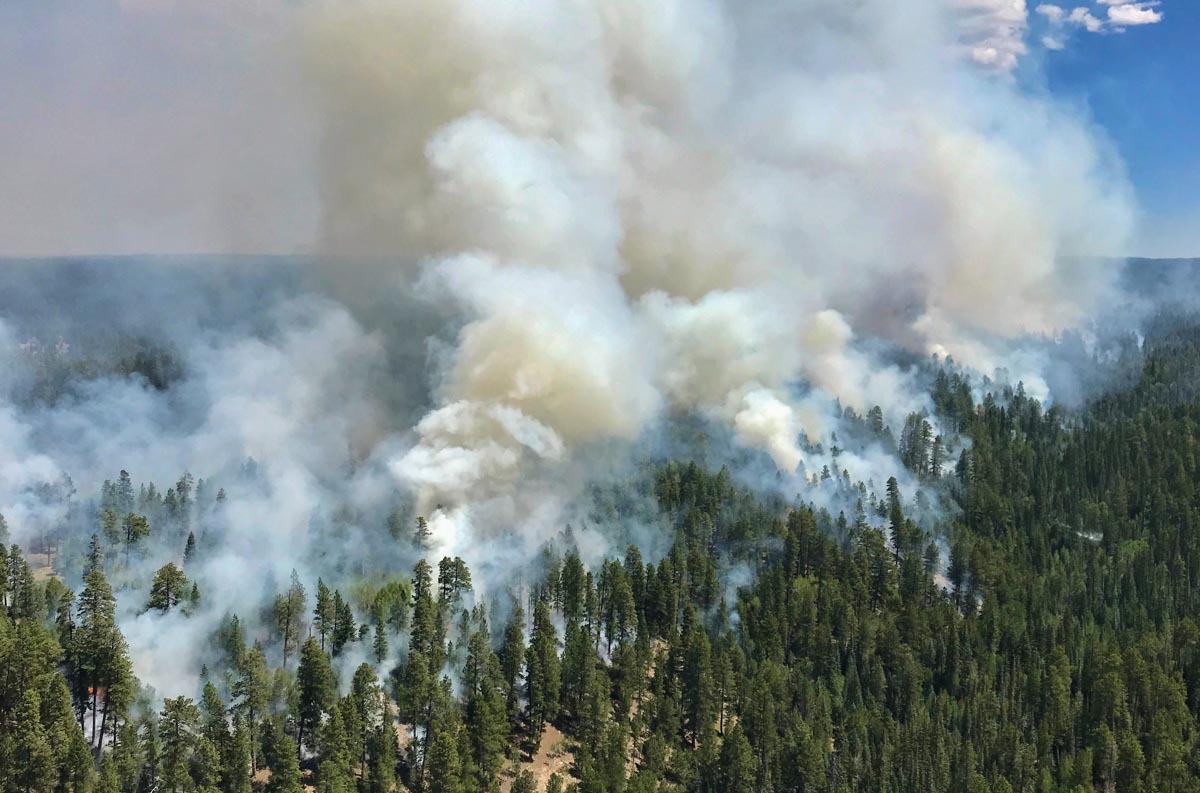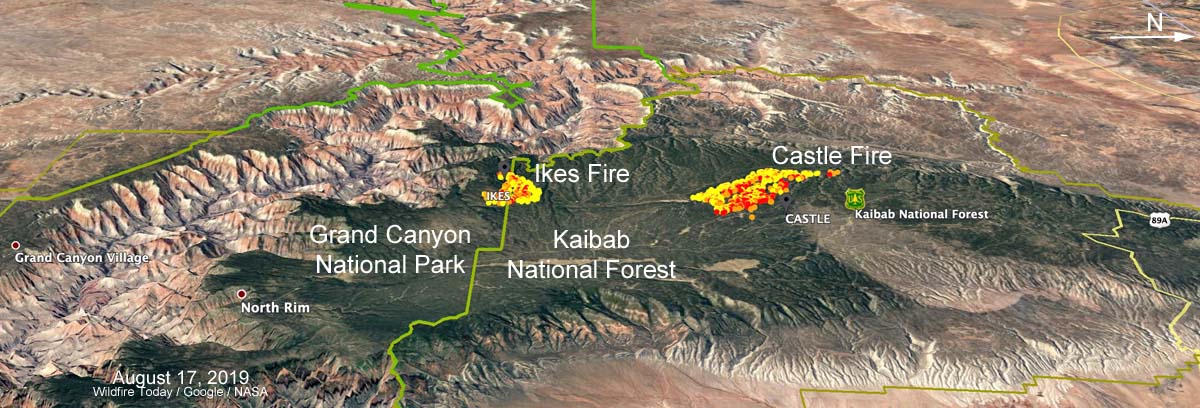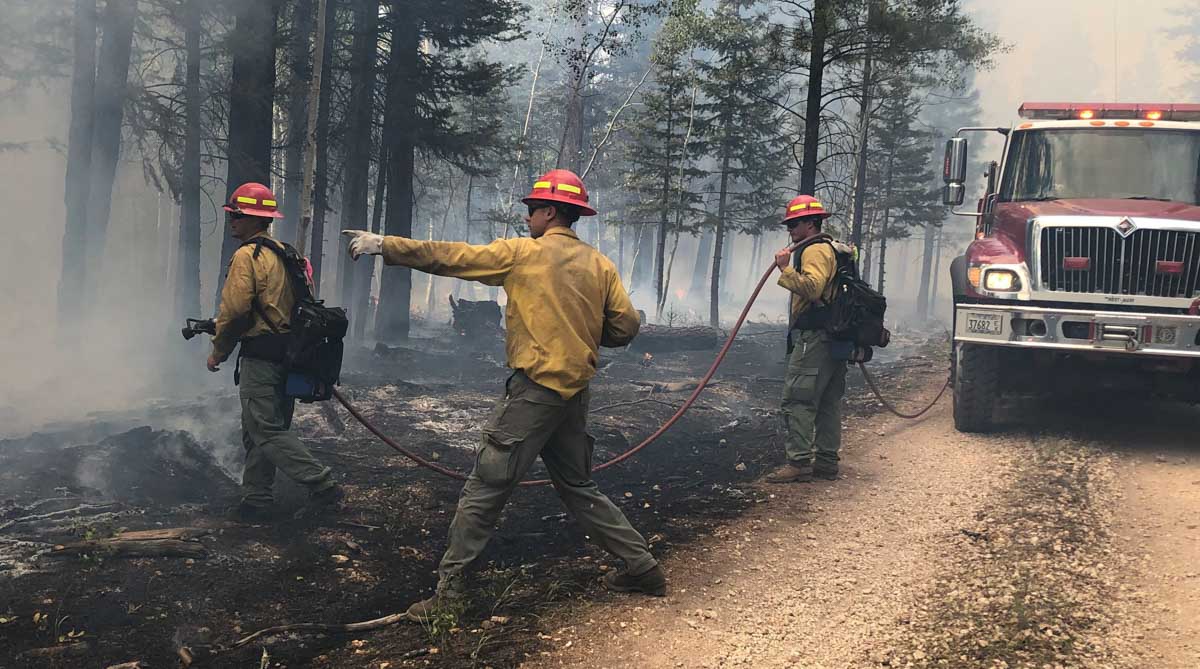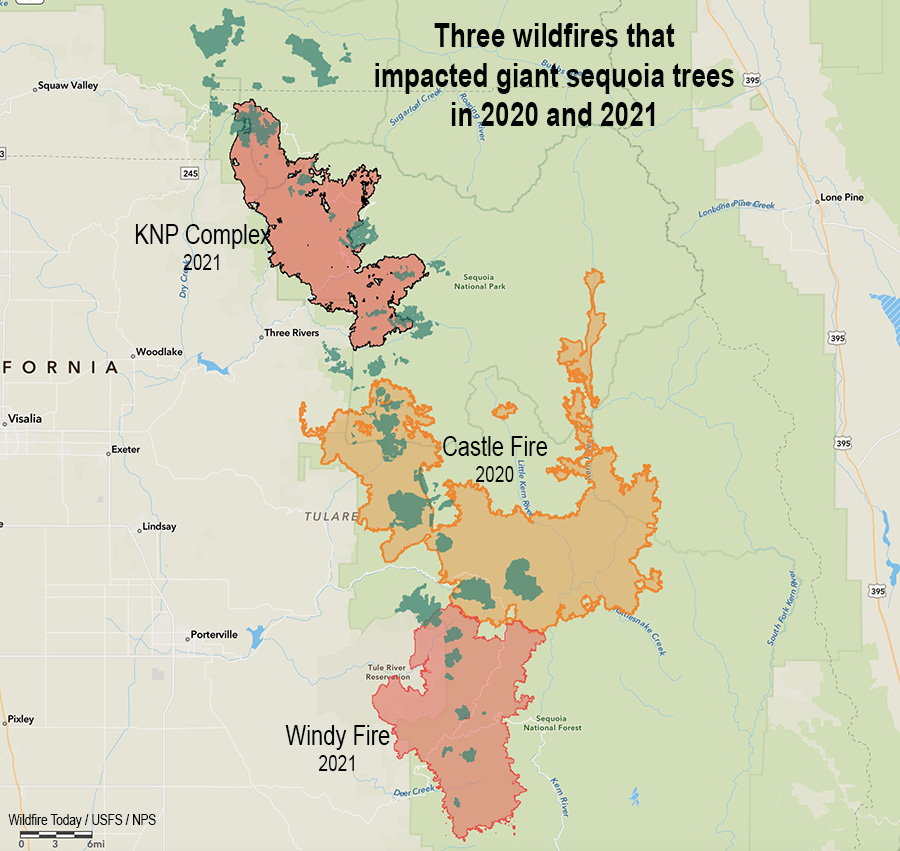
The U.S. Forest Service distributed information yesterday saying there are areas still burning in giant sequoia groves after wildfires that occurred in the Castle and Windy Fires of 2020 and 2021.
From the Sequoia National Forest, July 23, 2022:
Three fires were discovered this week, still smoldering inside the 2020 Castle and 2021 Windy Fires. Firefighters from Sequoia National Forest quickly reached two, and the third could not be reached safely due to the dense stand of fire-killed trees surrounding it.
The 1-acre Cougar Fire was found burning in the Red Hill Giant Sequoia Grove near the Tule River Indian Reservation boundary. Less than a half mile away, the ¼-acre Crawford Fire was reported by fire personnel responding to the Cougar Fire. Both were caused by a smoldering giant sequoia tree leftover from last summer’s Windy Fire.
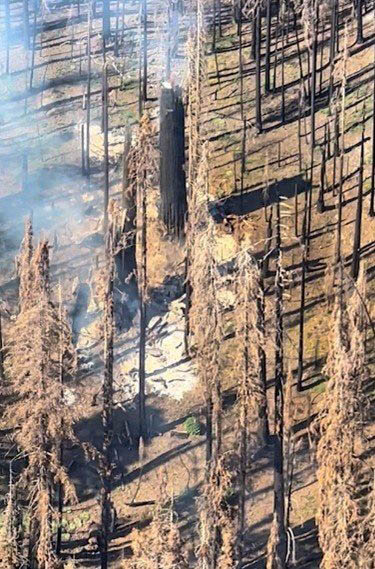
Fireline was constructed by hand to stop each fire from spreading further. Heavy material: treetops, limbs, and trunks of previous fallen trees continue to smolder underneath these still-standing sequoia trees, weakened by the fire burning inside them. Fire personnel will continue to mop up and extinguish what they can without jeopardizing their safety by having to work under a burning giant sequoia tree. Neither the Cougar nor Crawford Fires pose an immediate risk to nearby communities.
On Thursday, a third fire was reported southeast of Camp Nelson in the Belknap Giant Sequoia Grove. Helicopter personnel located this fire deep inside the burned area of the 2020 Castle Fire. Due to its remote location, numerous standing hazard trees endangering fire personnel, and minimal chance of escape, this fire will be monitored from a distance and by air.
There have been several instances of smoldering trees, most of them large diameter giant sequoias, observed and reported in both the Castle and Windy Fire burned areas. These are likely to continue as dry conditions persist. Firefighter safety is a priority when determining how best to extinguish these types of fires. They may have to be monitored until the trees fall on their own and can be managed safely on the ground.
Thanks and a tip of the hat go out to Bob.

